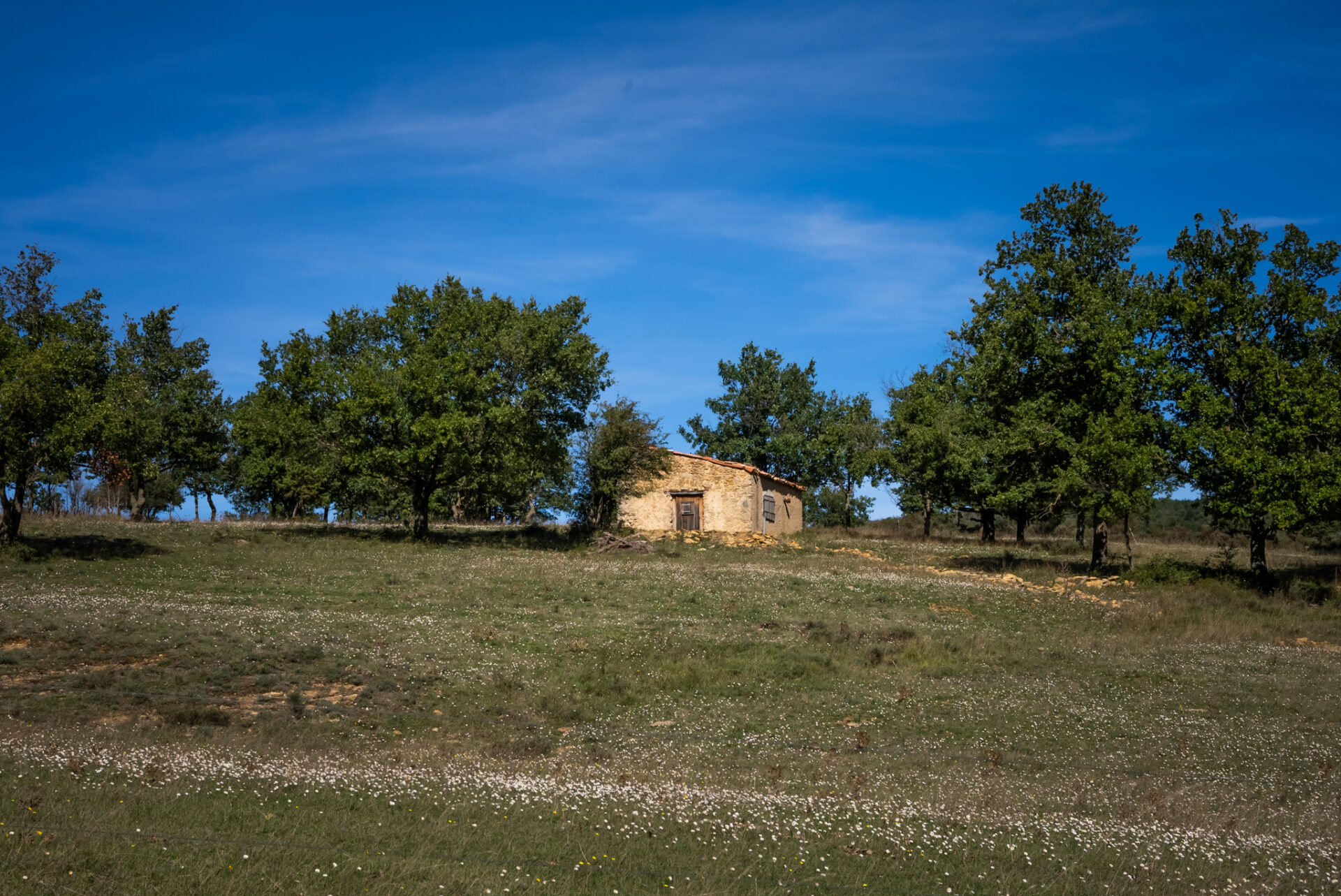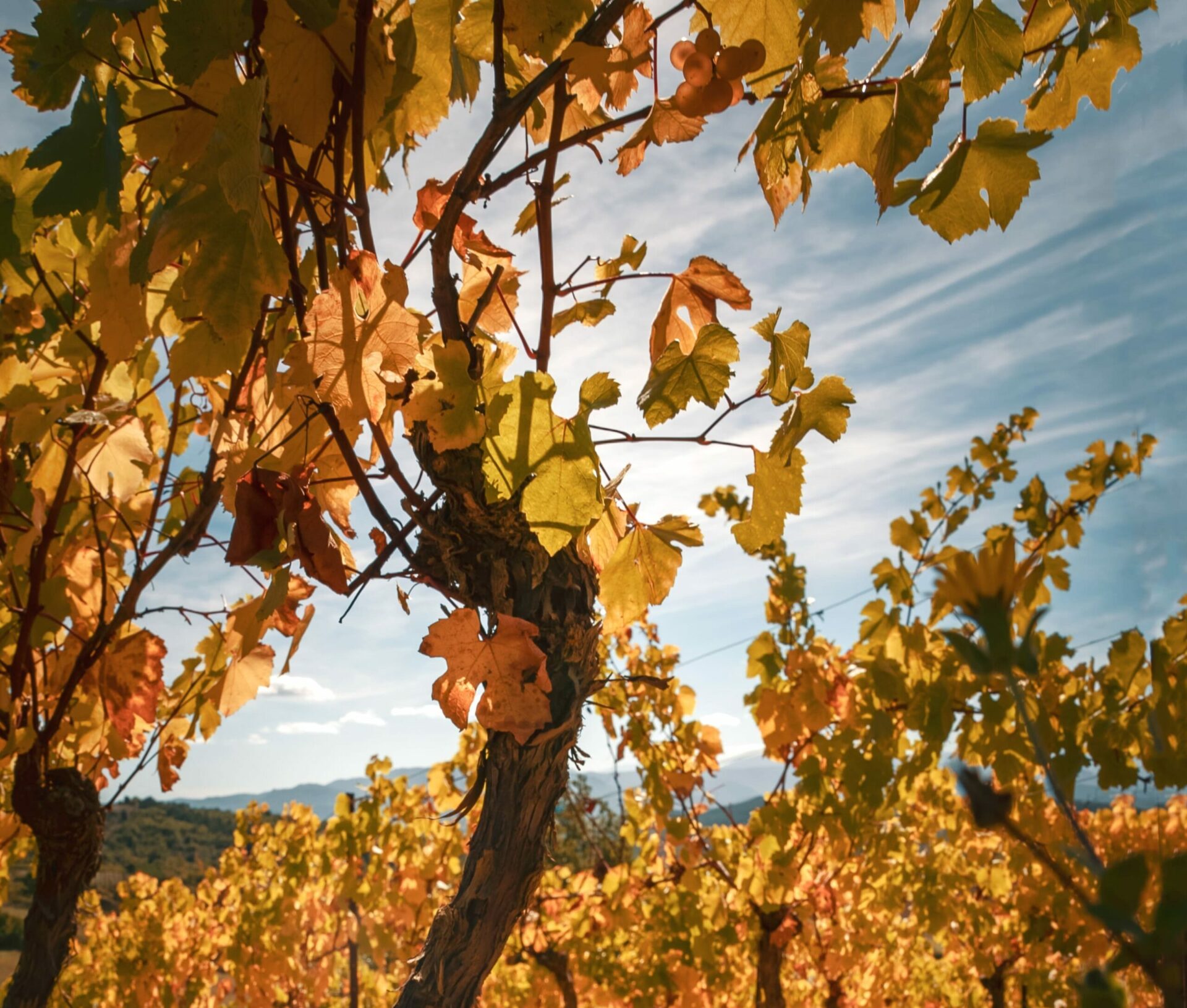AOP Limoux méthode ancestrale
and its natural bubbles!


Located in the far West of Languedoc,
this appellation showcases light, subtle and joyful semi-sparkling wines. A serendipitous find for wine enthusiasts looking for freshness!

Limoux méthode ancestrale and its geography
As one of Languedoc’s most westerly wine regions, Limoux stands out for its range of weather patterns, combining Mediterranean, Atlantic and even Pyrenean climate influences.

Foundation
1938
territory
41
villages
production
52 HA
producers
13 independent wineries,
1 co-operative,
6 wine merchants.
Colours
white
100%


Main grape varieties
authorized for the whites
mauzac
for more information:
www.limoux-aoc.comTerroir


The area boasts no fewer than three sparkling appellations: Crémant de Limoux, Blanquette de Limoux and Limoux Méthode Ancestrale. One of the very first French appellations to gain recognition, in 1938, Méthode Ancestrale differs from the two others for its winemaking techniques. Blanquette and Crémant are produced using the traditional method, also known as ‘Champagne method’ in other climes – after the first alcoholic fermentation, a secondary fermentation is started in the bottle by adding dosage. Conversely, Méthode Ancestrale wines only undergo one fermentation, in other words, the wine is bottled before the end of alcoholic fermentation which then continues in the bottle, producing bubbles. Low in alcohol, at around 6-7% ABV, Limoux Méthode Ancestrale draws its unique characters from a single grape variety – Mauzac.
The clue is in the name – winegrowers use the ancestral method where the wines are bottled in March as the moon wanes before alcoholic fermentation has finished. Fermentation continues in the bottle, creating spontaneous bubbles and leaving some natural residual sugar from the Mauzac grapes.
The wines’ low alcoholic strength debunks the myth that Languedoc wines are heavy. With their slightly golden hue, fine bubbles, gorgeous nose and light, lively palate, these are joyful companions for the aperitif or for food.

History

Languedoc is rarely viewed as a producer of bubbly wines, and yet, they’re there and are worth much than just a passing glance. The local capital of sparkling wines is Limoux. Some twenty or so producers now craft Limoux Méthode Ancestrale. Let’s hope it stays that way, because not only do they produce wines that are novel and flavourful, they are also the custodians of a true heritage.





